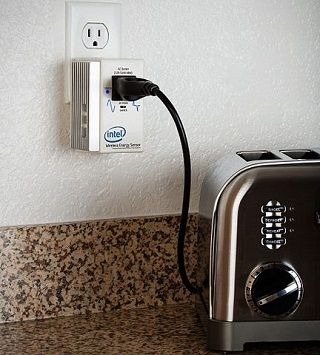New York’s Radical New Approach to Utility Regulation

I understand that consumers will be taking more responsibility for their power consumption. They’ll know which appliances are hogging power, they’ll know when this is happening, and they’ll have options to change their behavior accordingly. They’ll sign up for demand response, reducing the need for the most expensive sort of power, i.e., the 100-or-so summer hours per year that constitute the absolute peak load.
This is all great, but how does this halt the process by which the utilities are becoming irrelevant? Can we see a few specifics on how we intend to compensate the utilities when they’re selling us only a fraction of the power they once did?

Craig,
Here’s what you’ve never allowed yourself to understand. When you use phrases like “the utilities are selling us only a fraction of the power they once did”, you present a worldview in which distributed renewables have really eaten into the massive point-source power generated by the utilities.
The truth is quite different.
In 2004, the U.S. saw a total of 3.881 PWh generated by coal, petroleum biproducts,natural gas, nuclear generation, and hydropower dams – all sources that are basically 100% controlled by utilities.
In 2013, the U.S. saw a total of 3.796 PWh generated by those same sources. Showing a total drop in generation of 2.1% over the last decade.
However, during that decade there was an INCREASE of non-hydro renewable energy of ~170 TWh. At first blush, that sounds promising, but of that 170 TWh increase, 153 TWh were from new wind turbines – more than 70% of which have been built and controlled by utilities… 8 TWh were from solar PV, about half of which has been built and controlled by utilities… 4.7 TWh were from landfill gas – 100% of which is controlled by utilities. 1.7 TWh was from geothermal, which is at least 90% built and controlled by utilities, ~1.8 TWh was from biomass, at least half of which is controlled by utilities.. then another 400 GWh of solar thermal (which will increase dramatically in 2014 since the Ivanpah plant is now online), at least half of which is built and controlled by utilities.
If you add in the renewable generation that utilities control, then you have ~3.938 PWh generated in 2004 by utilities, and ~3.972 TWh generated in 2013 by utilities.
Small scale distributed generation is not going to make utilities irrelevant any time soon. The utilities will still control most of the power production in 50 years. This is especially true in the Northeast, where solar is still a long way from being economically viable..
Thanks, Glenn. Welcome back! You make excellent points here, but I am of the belief that the world can (and will) change very quickly, as I just noted here: http://2greenenergy.com/2014/06/20/morgan-stanley-tesla-motors/.